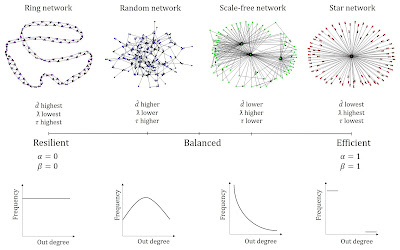Theoretical Clues for Agroecological Transitions: The Conuco Legacy and the Monoculture Trap
Diego Griffon, Maria-Josefina Hernandez and David Ramírez
The multiple ecological crisis that we are facing forces us to ponder the transition toward sustainable agricultural systems. Two key uncertainties need to be unveiled in addressing this problem; first, we need to identify the general features of alternative models that make them sustainable, and second, we need to explore how to build them from the (flawed) existing systems. In this work we explore these two questions using an ethnoecological and theoretical approach. In the exploration of alternative models, we evaluate an ancestral farming system, the conuco, characterized by, (i) the use of the ecological succession to constantly renew its properties, (ii) the increase of its biodiversity over time (in the horizontal and vertical components), and (iii) the self-regulation of the associated populations. Next, we characterize the topology of ecological networks of agroecosystems along the transition from a monoculture to a conuco-like agroecological system. We use topologies obtained from field information of conventional and agroecological systems as starting and arrival points. To model the dynamics of the systems and numerically simulate the transitions, we use a model based on Generalized Lotka-Volterra equations, where all types of population interactions are represented, with outcomes based on a density-dependent conditionality. The results highlight the relevance of increasing the connectance and diminishing the degree centrality of the conventional systems networks to promote their sustainability. Finally, we propose that the transitions between the monoculture and the agroecological systems could be figuratively interpreted as a cusp catastrophe, where the two systems are understood as alternative stable states and the path from one to the other cannot be reverted by just reversing the values of the control parameter. That is, once a system is in either of these states there is a tendency to stay and a resistance to move away from it. This implies that in the process of transition from a monoculture to a multi-diverse system, it is prudent not to despair if there are no immediate improvements in the performance of the system because once a certain point is reached, the system may experience an abrupt improvement.

https://www.frontiersin.org/articles/10.3389/fsufs.2021.529271/full
.
















